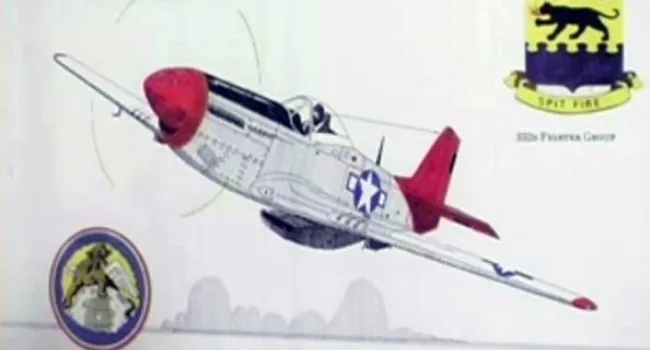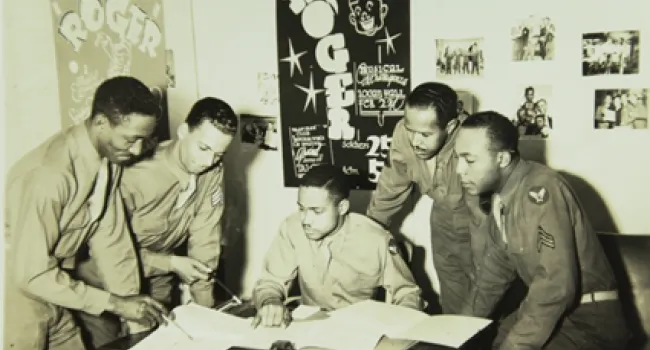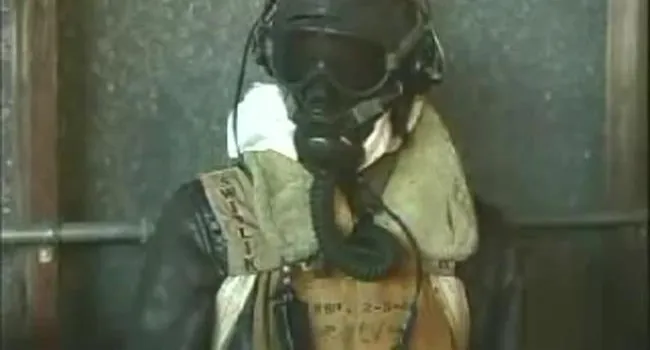Kaltura
Carrol S. Woods (1919-2007)
Major Carroll S. Woods was one of the Tuskegee Airmen during World War II. In this interview, Wood talks about his graduating class, medals received and the type of planes the Tuskegee Airmen piloted.
Additional Information: Woods flew more than 100 missions as a member of the 99th fighter squadron of the 332nd fighter group. His plane was shot down over Greece in October 6, 1944. He remained a prisoner of war in Greece until April 20, 1945 when the camp was liberated by Patton's army. Woods retired from the Air Force as a Major. Woods and his fellow Airmen received the Congressional Gold Medal in 2006. (SOURCE: http://www.bhamwiki.com/w/Carrol_Woods)
Standards
- 5.3 Demonstrate an understanding of the economic, political, and social effects of World War II, the Holocaust, and their aftermath (i.e., 1930–1950) on the United States and South Carolina.
- USHC.4.CC Examine the continuity and changes on the U.S. homefront surrounding World War I and World War II.
- 8.5.CO Compare South Carolina and U.S. wartime contributions and demobilization after World War II.









